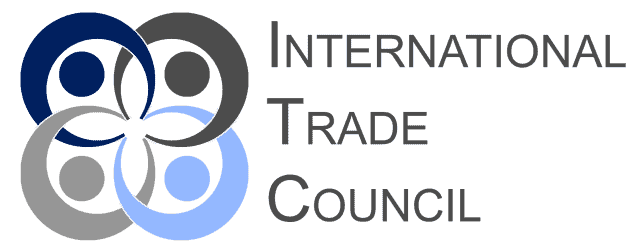
Since its enactment in June 2015, Canada’s Extractive Sector Transparency Measures Act (ESTMA) has positioned itself as a tool — though perhaps not always as precise or decisive as originally envisioned — in promoting greater transparency within extractive industries. The underlying logic is familiar to most in policy and compliance circles: if firms engaged in the extraction of oil, gas, and minerals are obliged to report the payments they make to governments, both at home and abroad, then the opportunities for corruption, misappropriation, or opaque financial dealings should, in principle, diminish. That’s the theory. The practice, as is often the case, is considerably more nuanced. And it is within these complexities that Canadian purchasers of raw minerals must now operate — and, crucially, find ways to integrate the wealth of open data generated by ESTMA into their own procurement risk assessments.
For companies downstream in the supply chain — manufacturers, processors, or even traders who source raw minerals either directly or through intermediaries — the ESTMA data set provides a kind of partial window into the upstream financial flows that shape the broader governance environment. But let’s not overstate what’s on offer. The payment reports mandated under ESTMA can be highly detailed, yes, but they are uneven in both quality and accessibility. Some firms submit reports that, while technically compliant, do little to illuminate meaningful risks or offer genuine transparency about the financial relationships that matter. Others provide disclosures that, at least on paper, meet a higher standard, offering granularity about payment types, recipients, and project-level details. The variability makes any downstream due diligence exercise — let alone a comprehensive risk assessment — both more challenging and, at the same time, more necessary.
For Canadian purchasers, then, one of the key tasks becomes figuring out how to turn this fragmented data landscape into something usable, something that can inform decision-making rather than simply ticking a box for compliance’s sake. One approach — and it’s not without its complications — involves integrating ESTMA-derived payment data into procurement processes via an open-data dashboard. The idea is relatively straightforward: create a system, accessible internally, that pulls together payment reports filed under ESTMA and links them, where possible, to suppliers or upstream partners. Such a dashboard might track patterns in payment types, highlight anomalies (say, unusually high or low payments to particular jurisdictions or agencies), and even flag entities whose reporting appears inconsistent over time. The technical build-out of such a tool is, frankly, the easier part. The hard part is in the interpretation — in knowing what to make of the data, how much weight to place on particular signals, and when to dig deeper.
It’s worth pausing here, perhaps, to acknowledge that data, even in large quantities, rarely tells a complete story on its own. A payment to a government agency, fully disclosed under ESTMA, might reflect nothing more than the ordinary course of business — royalties, taxes, fees as required by law. Or it might point, indirectly, to a governance context where rent-seeking or mismanagement is widespread. Without context, without an understanding of local political economies, the numbers risk being, well, just numbers. This is where Canadian purchasers, if they are serious about supply chain transparency, need to invest in building internal capacity — or at least partnerships — that enable them to interpret payment data critically, to connect dots that might otherwise remain unconnected. It’s not easy work, and it’s unlikely to yield the kind of neat, conclusive answers that procurement teams might hope for. But the alternative — relying solely on supplier assurances or paper documentation — seems increasingly inadequate in an era of heightened scrutiny.
The design of an open-data dashboard, then, has to reflect these realities. It’s not just about aggregating data or visualising it in slick charts and graphs, though there’s certainly value in making information accessible and comprehensible. It’s also about embedding space for analysis, for narrative, for the kind of qualitative insights that help make sense of what the numbers might suggest. For example, a firm might choose to layer in governance risk indices, NGO reports, or media monitoring outputs alongside the raw payment data. Doing so doesn’t guarantee better decisions, of course, but it does provide a richer, more textured base from which judgments can be made. And in some cases, it might highlight relationships or exposures that would otherwise go unnoticed — or unexamined.
Of course, none of this work happens in isolation. The effectiveness of ESTMA as a tool for promoting transparency downstream depends not just on the actions of individual purchasers but on the broader ecosystem of actors engaging with the data — civil society, investors, regulators, and, yes, the firms making the disclosures themselves. Purchasers who take the initiative to integrate ESTMA data meaningfully into their procurement processes are, in effect, helping to strengthen that ecosystem, however incrementally. And while there’s no simple formula for how best to do this — no one-size-fits-all solution — the effort itself signals a shift in expectations about corporate responsibility in supply chains.
Perhaps it is the case that the real test of ESTMA, ten years on, lies less in the volume of data produced than in the uses to which that data is put. The potential is there — but translating potential into impact remains, as ever, a work in progress.
